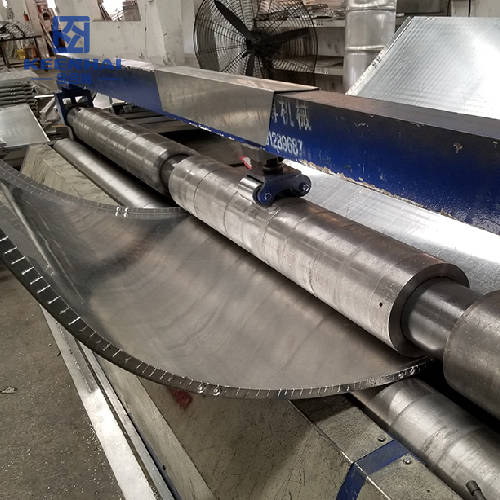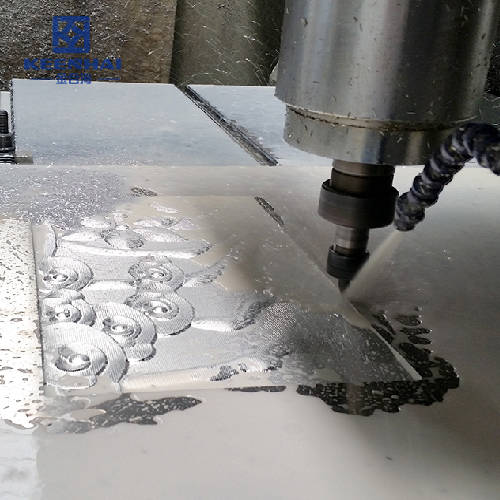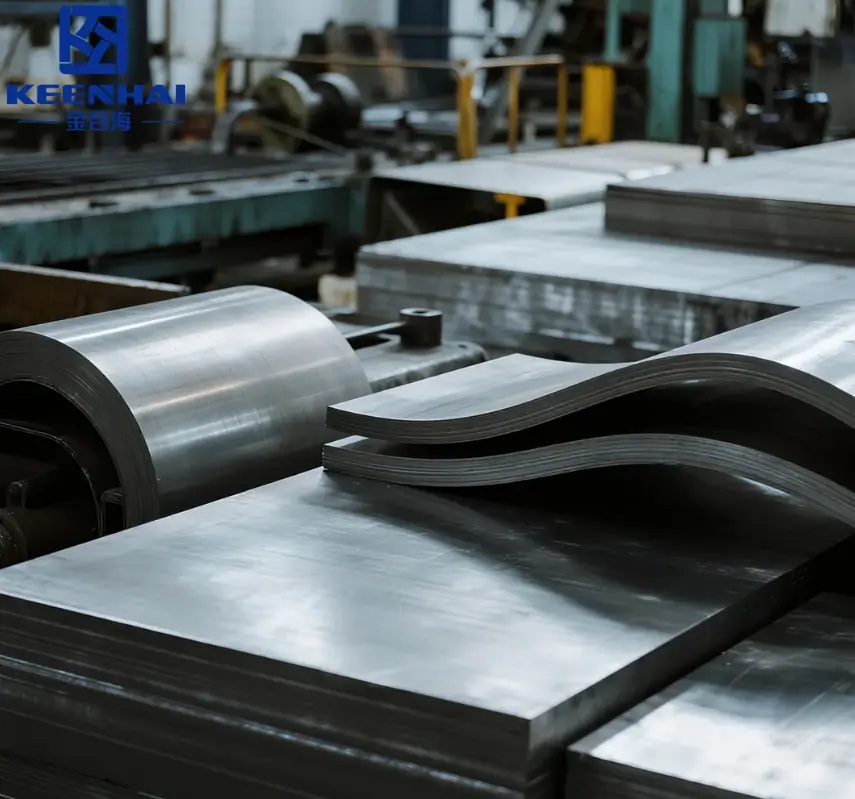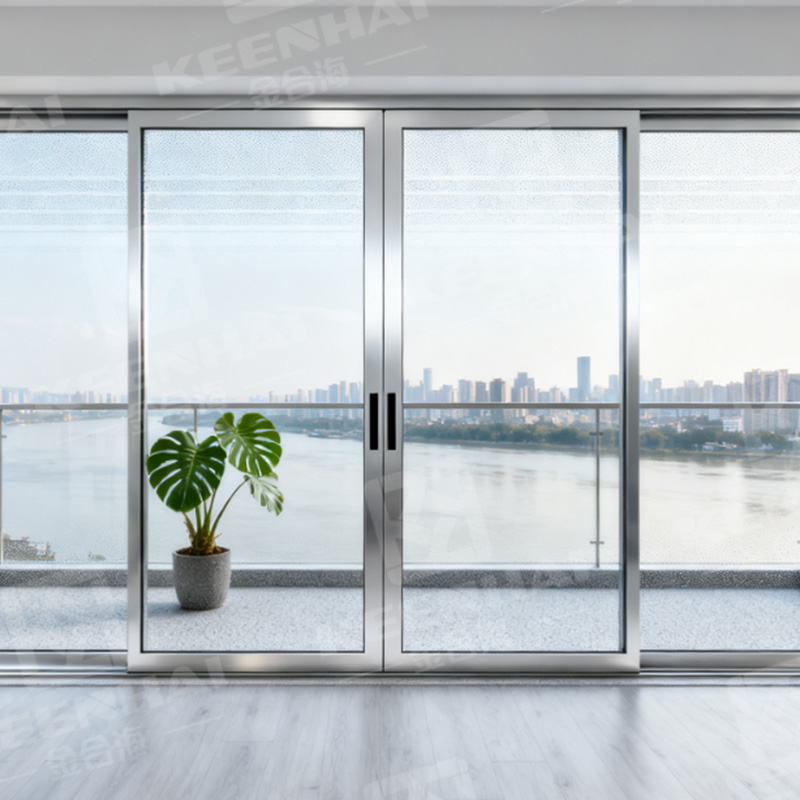If you’re wondering about the difference between Inox og ryðfríu stáli, the short answer is simple: they are essentially the same material, but the grade and application make all the difference. Inox usually refers to stainless steel in general, while the choice between types like 304 and 316 affects cost, rust resistance, and long-term durability. For kitchens, indoor projects, and areas without harsh exposure, 304 ryðfríu stáli is often enough. In marine or outdoor environments, 316 is the smarter option because of its superior corrosion resistance. This guide will break down cost, durability, and real-life uses so you can pick the right grade for your project in 2025.
1.What Is Inox Material?
1.1Definition of Inox Material
Hugtakið Inox er upprunnið af franska orðinu ryðfríu, which translates to “stainless.” Inox material is another name for stainless steel, commonly used in Europe and certain industries like kitchenware and architecture. Thanks to its unique chemical composition, the term emphasizes the material’s ability to resist rust and staining.
1.2Key Properties of Inox Material
Inox efni er þekkt fyrir framúrskarandi tæringarþol, sem rekja má til króminnihaldsins (venjulega yfir 10,5%). Þetta skapar óvirkt lag á yfirborðinu sem verndar það fyrir oxun. Það er einnig metið fyrir vélrænan styrk, endingu og sjónrænt aðlaðandi fáður áferð, sem gerir það að vali fyrir bæði hagnýt og skrautlegt forrit.
2.What Is Inox and Stainless Steel?
Inox, short for acier inoxydable, is a high-chromium ryðfríu stáli alloy that offers superior resistance to rust and staining. It is widely used in high-end applications like kitchen equipment, jewelry, and marine products.
Stainless steel, in general, is a broad category of alloys that includes Inox and other grades. It contains a minimum of 10.5% chromium to prevent corrosion but may vary in nickel, molybdenum, and other alloy content depending on the grade.
| Eiginleiki | Inox | Ryðfrítt stál |
|---|---|---|
| Króminnihald | Typically 18%+ | 10.5%-18% (varies by grade) |
| Tæringarþol | Very high | High |
| Common Uses | Kitchen equipment, jewelry | Construction, automotive, appliances |
All Inox is stainless steel, but not all stainless steel qualifies as Inox. This distinction is important when choosing materials for harsh environments.
3.Durability and Corrosion Resistance
-
Inox: Extremely resistant to oxidation, ideal for outdoor or high-humidity environments. It rarely rusts and maintains a polished finish over time. In marine environments, Inox 316 is often preferred for its molybdenum content, which improves corrosion resistance against saltwater.
-
Standard Stainless Steel: Durable and corrosion-resistant, but some grades like 304 may show minor surface rust if not maintained. For indoor projects, 304 stainless steel is usually sufficient.
Example: A stainless steel kitchen sink made of 304 grade may last 10–15 years with proper care, while a 316 Inox sink in a coastal home can easily last 20+ years without visible corrosion.

4.Samanburður á Inox efni og ryðfríu stáli
4.1Terminology Differences
Einn helsti greinarmunurinn á Inox efni og ryðfríu stáli liggur í hugtökum. Inox efni er hugtakið sem er oftar notað í Evrópu og völdum atvinnugreinum, en ryðfrítt stál er alþjóðlegt hugtak. Þrátt fyrir muninn á flokkunarkerfi vísa þeir til sama efnisins.
4.2Performance Similarities
Hvort sem þú kallar það Inox efni eða ryðfríu stáli, þá er frammistaða efnisins stöðug. Bæði hugtökin lýsa tæringarþolnu, endingargóðu álfelgi með svipaða notkun í byggingariðnaði, heimilisvörum og iðnaði.
4.3Variations in Perception
The difference in naming can create a perception that they are distinct materials. For example, “Inox” may be seen as a more premium brand in certain regions due to its association with European quality. In reality, the distinction is purely semantic.
4.4Cost Comparison
Material cost is often the first consideration for many projects.
| Efni | Average Price per Kg (USD) | Notes |
|---|---|---|
| Inox | 5–8 | Premium, corrosion-resistant |
| Ryðfrítt stál | 3–6 | Cost-effective, versatile |
-
Inox: Higher upfront cost due to chromium and alloy content, but lower maintenance and longer lifespan often justify the price.
-
Ryðfrítt stál: More budget-friendly and versatile for most indoor and non-extreme applications.
Real-world ROI: For outdoor stair rails or coastal railings, choosing Inox 316 over standard stainless steel may increase initial cost by 30–50%, but it avoids rust damage and replacement costs over a 15-year span.
5.Key Applications
5.1Kitchen and Household Items
Inox efni er samheiti yfir gæði í eldhúsbúnaði. Það er ákjósanlegur kostur fyrir potta, pönnur, hnífapör og vaska vegna tæringarþols, auðveldrar þrifs og fágaðrar fagurfræði. Óhvarfslaust yfirborð þess gerir það einnig öruggt fyrir matargerð.
5.2Construction and Design
Styrkur og veðurþol ryðfríu stáli gerir það að aðalefni í byggingu. Það er notað fyrir burðargrind, handrið, framhliðar og skreytingar í bæði íbúðarhúsnæði og atvinnuhúsnæði. Slétt, nútímalegt útlit ryðfríu stáli eða Inox efni eykur byggingarhönnun.
5.3Industrial and Automotive Uses
Í krefjandi umhverfi eins og iðjuverum eða bílaframleiðslu, skarar ryðfrítt stál framúr vegna endingar og getu til að standast erfiðar aðstæður. Það er almennt notað í útblásturskerfum, efnatankum og sjávarbúnaði.
6.Different Grades of Inox and Stainless Steel
Understanding grades can help fine-tune your choice:
| Grade | Typical Use | Key Advantage |
|---|---|---|
| 304 | Kitchen equipment, appliances | Cost-effective, good corrosion resistance |
| 316 | Marine, outdoor furniture | High corrosion resistance, ideal for harsh environments |
| 430 | Automotive trim, indoor appliances | Magnetic, budget-friendly |
For outdoor, coastal, or high-moisture areas, Inox 316 or equivalent is the safest choice.
7.Maintenance and Lifespan
-
Inox: Low maintenance. Occasional cleaning with mild detergent keeps it shiny. Extremely resistant to corrosion, scratches, and stains.
-
Ryðfrítt stál: Requires regular cleaning to prevent surface rust, especially in high-humidity or coastal areas. Abrasive cleaners may damage the protective chromium layer.
Example: A 316 Inox outdoor railing may only need yearly cleaning, while a 304 stainless steel railing might require quarterly maintenance in the same environment.

8.Common Misconceptions
-
All stainless steel is Inox – Incorrect. Only certain high-chromium stainless steels qualify as Inox.
-
Higher price always means better quality – Not necessarily. Choosing the right grade for your environment is more important.
-
Maintenance is the same for all grades – Inox generally requires less care, while standard stainless steel may need frequent cleaning to prevent rust.
Þegar ákveðið er á milli Inox og ryðfríu stáli, consider:
-
Environment: Coastal, marine, or humid areas favor Inox 316.
-
Budget: Stainless steel is sufficient for indoor, less demanding applications.
-
Longevity: Inox offers longer lifespan and lower long-term maintenance.
By understanding your project requirements, you can choose the material that provides the best combination of durability, performance, and value.
If you’re ready to pick the finish that locks in color and cuts long-term upkeep, see our PVD stainless steel sheet guide.







